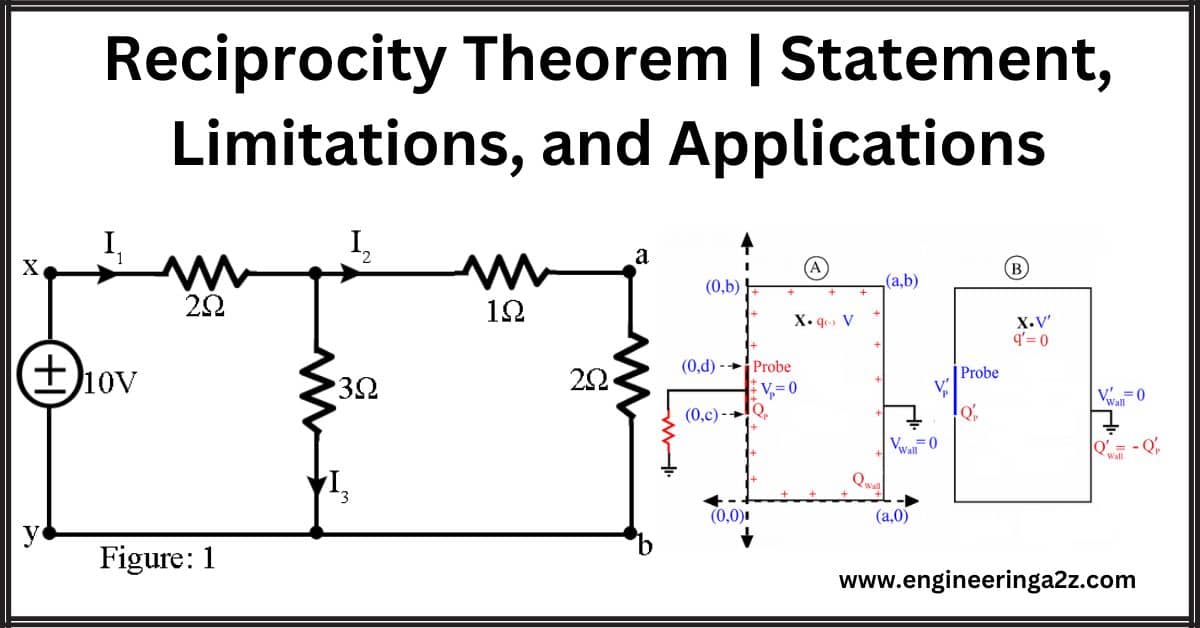
Table of Contents
Introduction
The reciprocity theorem in electrical networks says that if you have a bunch of paths for electricity to flow in a circuit, the current in one specific path due to a voltage source will be the same as if you swapped that source to the path where you measured the current originally. In simpler terms, the current you measure in one part of a circuit is the same whether you initially put the voltage there or if you moved the voltage after that measuring the current elsewhere.
Reciprocity Theorem Statement
The reciprocity theorem tells us that in certain types of electrical setups where there’s just one power source and the system behaves the same regardless of how you connect that source, the relationship between what you put in (like voltage or current) and what you get out (the response) stays the same. So, even if you switch where you put the power in or where you measure the response, the way the system reacts remains constant. This applies to both voltage and current, giving us four scenarios to consider.
- The reciprocity theorem applies only to single-source networks.
- The reciprocity theorem applies only to the circuits containing dependent sources.
Reciprocity Theorem to an Electric Circuit
- Swapping Roles: The theorem says that if you change where you put a current source and where you measure the resulting voltage in a circuit, the voltage you get will be the same. It’s like switching the jobs of these elements.
- Helps Simplify Analysis: Engineers love this because it helps them simplify how they figure out things about a circuit. It’s like a shortcut that makes the math easier.
- Determining Circuit Parameters: Engineers use this theorem to find out important things about a circuit, like how resistant it is to current (impedance), how well it conducts (admittance), and how signals move through it (transfer functions).
- Network Analysis Made Easier: When trying to understand how a signal moves from one spot to another in a circuit, instead of doing complicated math with a current source and measuring voltage, they can swap these roles. This makes things simpler and helps them understand how the circuit works.
- Powerful Circuit Tool: Overall, this theorem is like a secret weapon for engineers. It makes the math easier, helps understand how circuits behave, and makes it easier to make circuits work better.
- In the given circuit, VS represents the input voltage and current, while the response or output current is denoted by I, which flows through the resistor R3.
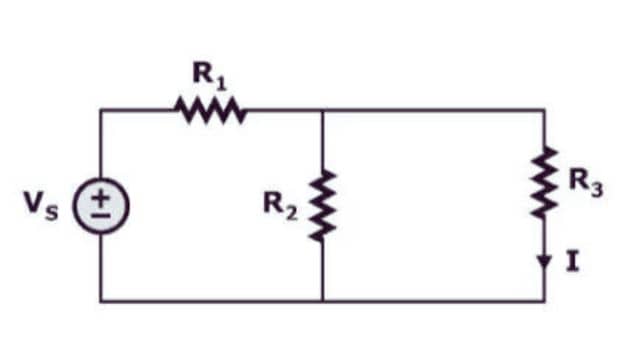
In this new setup, the thing we used to put power into the circuit (called VS) now represents both the input voltage and the current. On the other hand, the response we’re interested in—what we used to get as an output—is represented by a current called I, which flows through a specific resistor called R1.
Imagine we’ve switched the roles of where the energy starts and where we used to measure the outcome. So, now what used to be where we’d put energy in is what we’re looking at for the result, and what we’d usually get as a result is now where we’re supplying the energy. This switch is all about how the circuit reacts when we change these parts around.
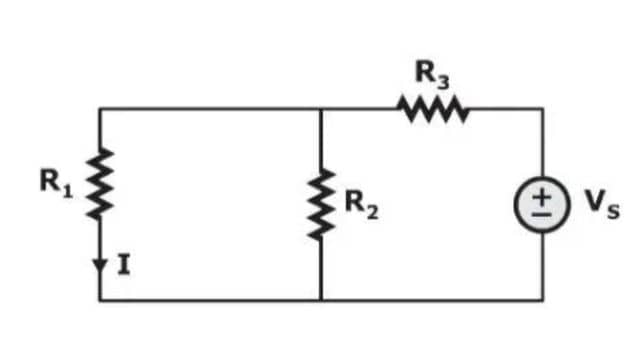
In simpler terms, the amount of current passing through resistor R3 in the first circuit matches the current flowing through resistor R1 in the second circuit. Why? Because the size and direction of the voltage (VS) are identical in both circuits. Also, the way the output current moves is the same in both setups. So, the current going through R3 in the first circuit is like a twin to the current in R1 in the second circuit—they’re equal and flowing in the same direction due to how the voltages are set up.
Steps for Solving a Network Utilizing Reciprocity Theorem
- Choose specific parts of the circuit.
- Find the current using regular methods in one part.
- Swap the voltage source between those parts.
- Calculate the current in the part where the voltage was before.
- Check if the current you found initially matches the current you calculate after swapping the voltage.
In simpler terms, it’s like switching the electricity source between two places in a circuit and checking if the currents in those places stay the same. If they do, the theorem holds for that setup!
Example:
Show the application of the reciprocity theorem in the network of Figure 1.
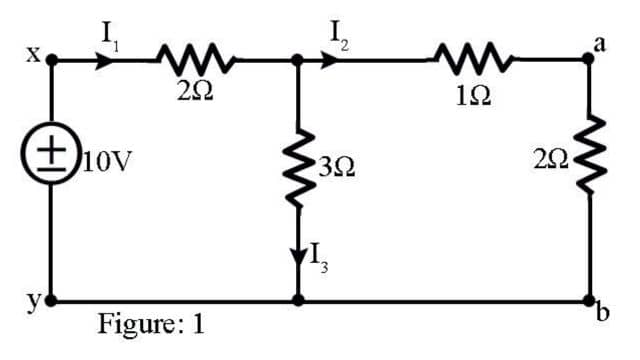
Solution:
Concerning Figure 1, the equivalent resistance across x-y is given by

concerning Figure 2,
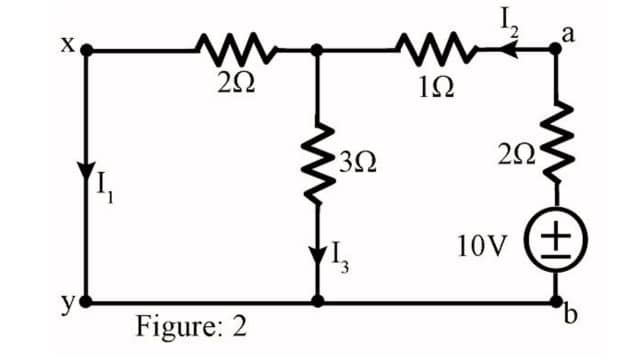

Hence we observe that when the source was in branch x-y as in figure 1, the a-b branch current is 1.43A; again when the source is in branch a-b (figure 2), the x-y branch current becomes 1.43A. This proves the reciprocity theorem.
Limitations of Reciprocity Theorem
- The theorem doesn’t work for circuits where any part changes over time, such as those dealing with alternating current or varying components.
- It’s not usable for circuits with sources that rely on other parts of the circuit, even if those sources follow predictable patterns.
- It’s a no-go for circuits that contain parts like transistors or diodes that don’t follow a simple, direct relationship between voltage and current.
Applications of Reciprocity Theorem
- The reciprocity theorem works for circuits whether they have a current source or a voltage source.
- It’s used in studying the production of ultrasonic waves when heating surfaces of elastic bodies to high temperatures.
- It’s also applied in calculating surface waves resulting from line loads on an irregular, transversely isotropic half-space.
Frequently Asked Questions (FAQs)
What is the reciprocity theorem theory?
The reciprocity theorem states that swapping voltage and current sources in a network results in equivalent flows of voltage and current.
What is an example of a reciprocity theorem?
In an electrical circuit, if a voltage source connected between two points causes a certain current, then swapping that voltage source to the other point yields the same current at its original location.
What is reciprocity and its types?
Reciprocity refers to a mutual relationship or interchange between elements. In terms of electrical circuits, the Reciprocity Theorem relates to the interchangeability of voltage and current sources within a network. Types of reciprocity include electrical, acoustic, and electromagnetic reciprocity in various physical systems.
Read Also:
- Circuit Theorem | Thevenin’s Theorem
- Earth Leakage Circuit Breaker (ELCB) | Types, Working Principle, And Construction
- Norton’s Theorem
- B.Tech – MDU Previous Year Question Papers Download










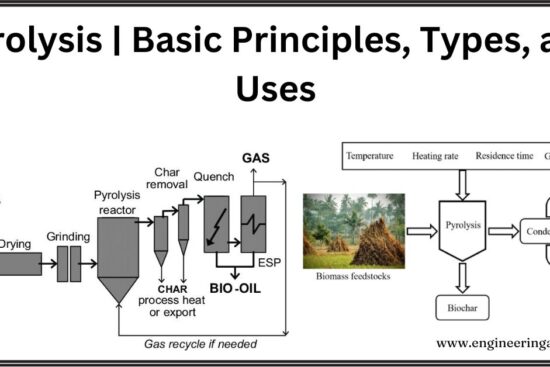
Leave a Reply